Introduction
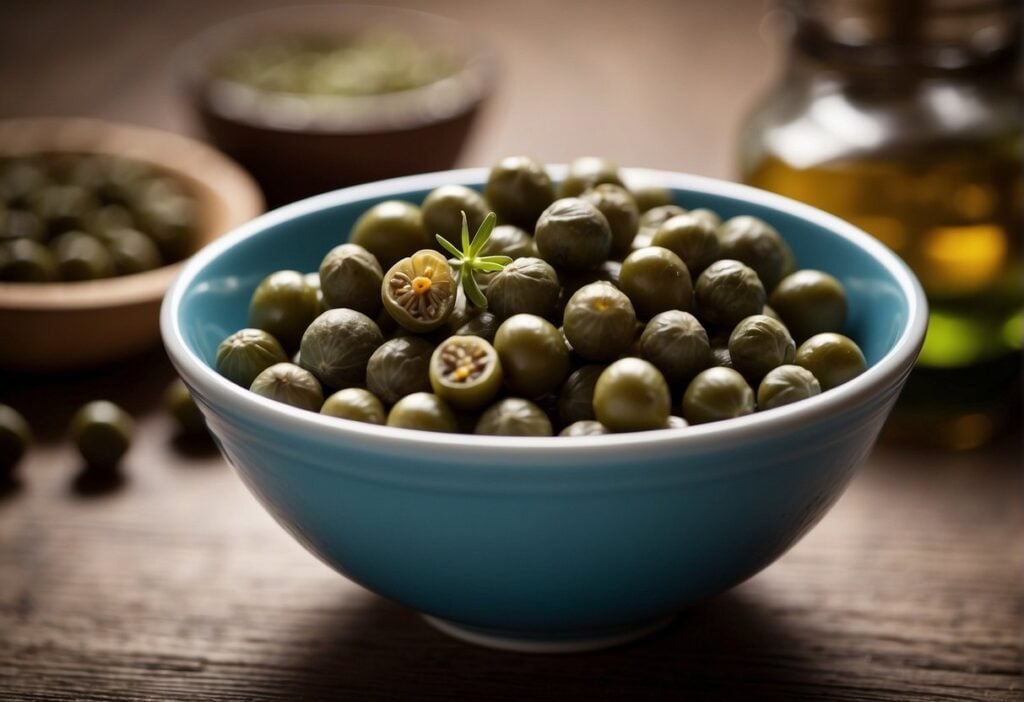
Capers are a unique addition to the culinary world, offering a burst of briny flavor that can elevate any dish. These small flower buds, harvested from the caper bush (Capparis spinosa), are widely used in Mediterranean cuisine. With their tangy, slightly floral taste, capers bring a delightful and refreshing element to a variety of dishes. In this article, we will delve into the flavor profile of capers, explore their culinary uses, and even provide substitutes for those who may not have access to this exquisite ingredient. Discover the world of capers and unlock new dimensions of flavor in your cooking.
Understanding The Unique Flavor Profile Of Capers
Capers have a truly distinct flavor profile that sets them apart from other ingredients. With a tangy and slightly salty taste, capers offer a burst of brininess that can elevate any dish. Their flavor is often described as reminiscent of green olives, but with a floral tartness that is all their own. This combination of flavors creates a unique and refreshing taste that adds depth and complexity to various dishes. Capers are packed in brine, adding to their savory and salty notes. Their bright and zesty flavor makes them a versatile ingredient in Mediterranean cuisine and beyond.
What Are Capers?
Capers are small round flower buds that are harvested from the caper bush, scientifically known as Capparis spinosa. These delicate buds are commonly found in Mediterranean cuisine and are known for their distinctive flavor. Capers are picked by hand and then dried in the sun or preserved in brine, which gives them their signature briny taste. They have a tangy and slightly salty flavor with a hint of lemony zest, making them a versatile and flavorful ingredient in various dishes. Capers are widely used as a garnish in salads, pasta, fish, and meat dishes, adding a burst of flavor and texture.
An Overview Of Capers And How They Are Harvested
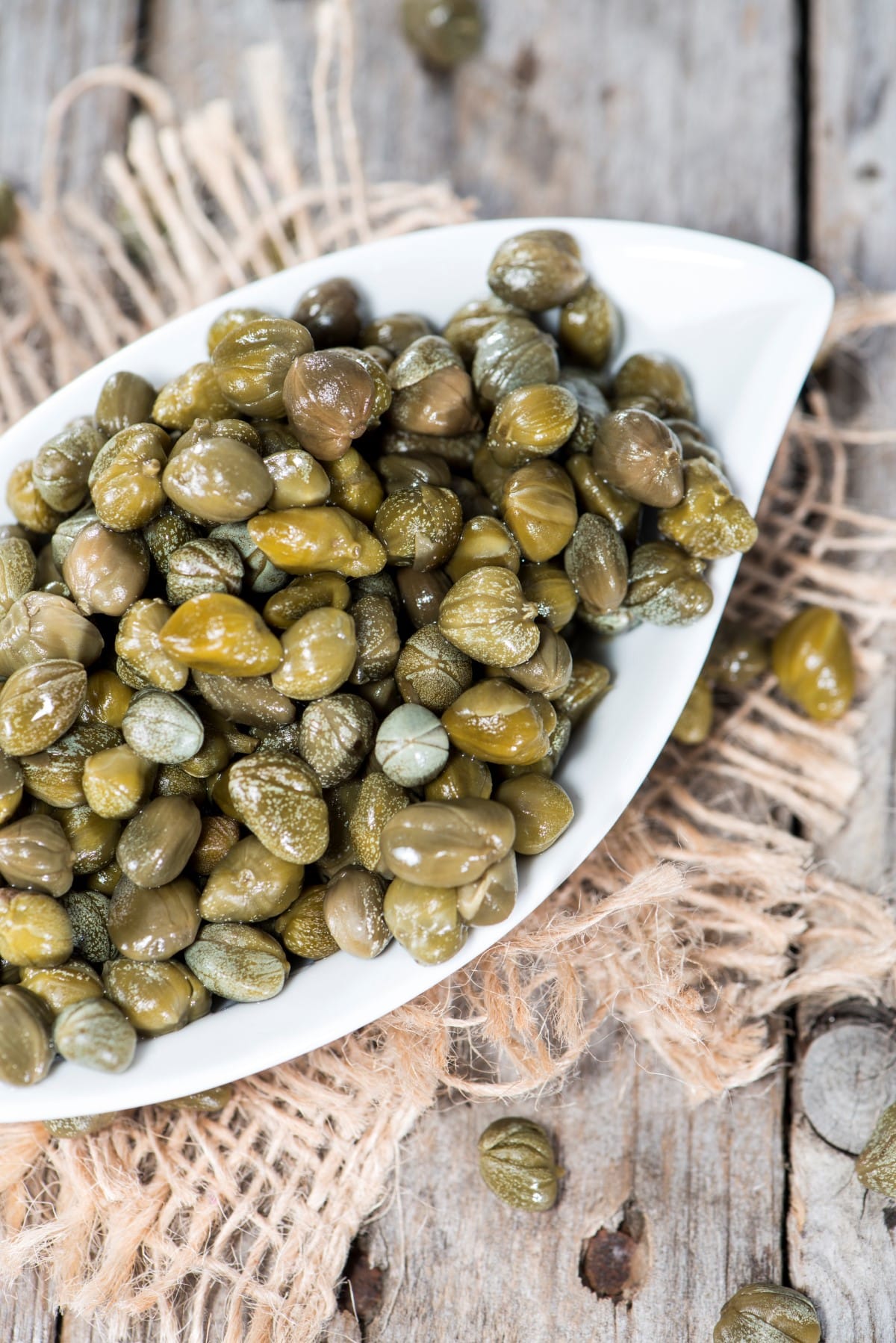
Capers are small round flower buds that are harvested from the caper bush, also known as Capparis spinosa. These buds are carefully picked by hand when they are still closed and have not yet bloomed. The caper bush grows in hot, dry climates and is commonly found in Mediterranean regions. Harvesting capers is a delicate process as the buds need to be picked at the right time to ensure their optimal flavor and texture. After being harvested, capers are then either dried in the sun or preserved in brine, which gives them their signature briny taste.
The Different Types Of Capers Available
There are several different types of capers available, each offering its own unique characteristics. The size of capers can vary, with smaller capers being more delicate in flavor and larger capers having a more robust taste. In addition to size, capers can also be categorized based on their origin. For example, Italian capers are known for being slightly sweeter and less briny, while French capers tend to have a more intense and tangy flavor. It’s worth experimenting with different types of capers to discover which ones best suit your palate and complement your dishes.
Culinary Uses Of Capers
Capers are a versatile ingredient that can elevate the flavors of various dishes. They are commonly used in Mediterranean cuisine, adding a burst of tangy and briny flavor. Capers can be used as a garnish for salads, pasta, fish, and meat dishes, adding a unique twist to the overall taste. They can also be finely chopped and incorporated into sauces, dressings, and marinades, enhancing the flavors with their bold and piquant profile. Additionally, capers can be pickled or preserved, allowing them to be stored and used in dishes throughout the year. Their distinct taste adds complexity and depth to any recipe.
Incorporating Capers In Various Dishes And Cuisines
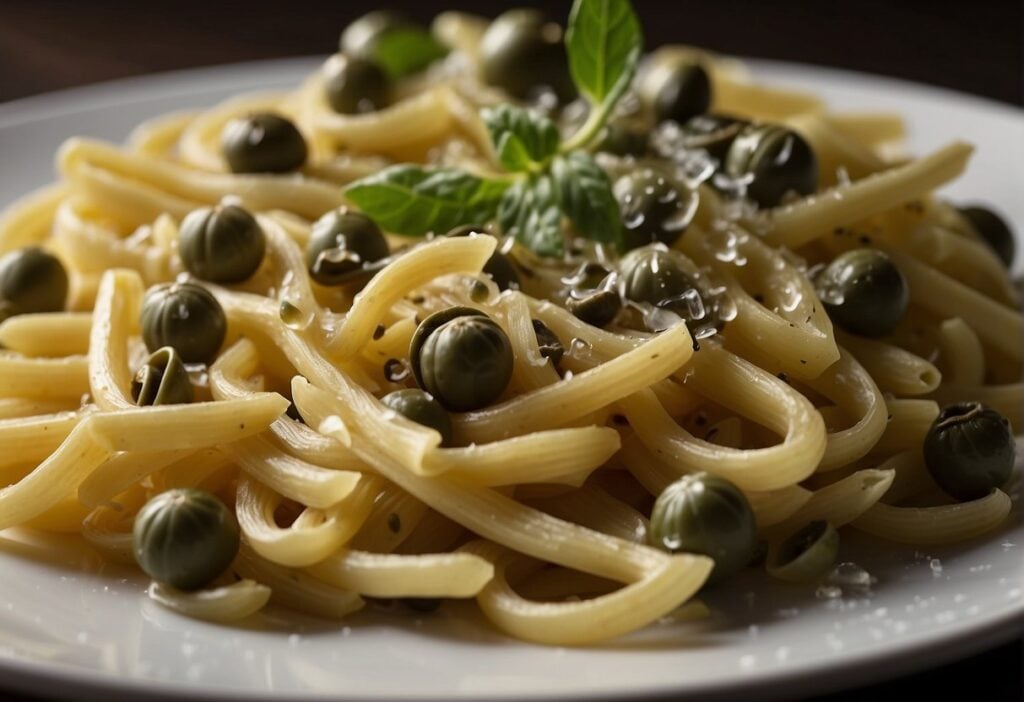
Capers are a versatile ingredient that can enhance the flavors of dishes from various cuisines. In Mediterranean cuisine, capers are commonly used as a garnish for salads, pasta, fish, and meat dishes. They add a tangy and briny burst of flavor that complements the other ingredients. Capers can also be finely chopped and incorporated into sauces and dressings, providing a bold and piquant profile. In Italian cuisine, capers are often used in dishes like chicken piccata and puttanesca sauce. In French cuisine, they are a key component of classic sauce ravigote. Regardless of the cuisine, capers can add a distinct and delicious twist to any dish.
Pairing Capers With Different Ingredients For Enhanced Flavors
Pairing capers with other ingredients can elevate the flavors of your dishes to new heights. Their salty and tangy taste complements a variety of foods, adding a burst of flavor that can enhance the overall taste profile. Capers are often paired with ingredients like lemon zest, garlic, and olive oil to create a delicious and harmonious combination. They work especially well with seafood dishes, such as grilled salmon or shrimp scampi, adding a briny element that balances the richness of the seafood. Additionally, capers can be paired with roasted vegetables or incorporated into pasta sauces for an extra layer of complexity. Experimenting with different ingredient combinations will allow you to create unique and flavorful dishes that are sure to impress.
Flavor Profile Of Capers
The flavor profile of capers is distinct and unique. These tiny pickled buds pack a powerful punch of flavor that is hard to replicate. Capers have a tangy and slightly salty taste, with a hint of lemony zest. This briny burst of flavor adds depth and complexity to dishes, making them a popular choice for enhancing the taste of various cuisines. The combination of salty, tangy, and slightly floral notes in capers adds a delightful contrast to both savory and sweet flavors, making them a versatile ingredient in the culinary world.
Describing The Taste And Aroma Of Capers
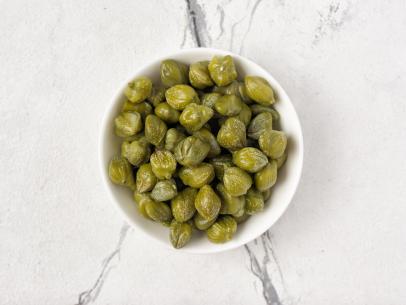
Capers are known for their distinct taste and aroma. When it comes to taste, capers have a tangy and slightly salty flavor, with a pleasant hint of lemony zest. This unique combination adds a burst of brightness and complexity to dishes. The aroma of capers is equally delightful, with a briny and floral scent that enhances the overall sensory experience. Whether used as a garnish or as an ingredient, capers bring a refreshing and vibrant element to recipes. Their intense flavor and aromatic properties make them a favorite among chefs and home cooks alike.
Exploring The Briny Burst Of Flavor In Capers
Capers are renowned for their briny burst of flavor, which adds a unique and delightful dimension to dishes. The brine that capers are packed in infuses them with a distinct salty and savory taste that is instantly recognizable. This brininess, combined with the tartness and floral notes of capers, creates a flavor profile that is both refreshing and complex. Whether used as a garnish or as an ingredient in sauces, salads, or pasta dishes, capers bring a zesty and tangy element that elevates the overall flavor experience. Their briny burst of flavor is a true delight for the taste buds.
Substitutes For Capers
When capers are not available, there are several alternatives that can be used to achieve a similar flavor profile. One option is to use green olives, which have a briny and tangy taste that can mimic the flavor of capers. Another substitute is pickled gherkins or cornichons, which provide a similar tartness and crunchy texture. For a citrusy twist, lemon zest can be used to add a touch of acidity. Additionally, anchovies can also be used as a substitute, as they have a salty and savory taste that complements many dishes. It’s important to note that while these substitutes may not provide an exact replica of capers, they can still enhance the overall flavor of the dish.
Alternative Ingredients That Can Be Used In Place Of Capers

When capers are not available, there are several alternatives that can be used to achieve a similar flavor profile. One option is to use green olives, which have a briny and tangy taste that can mimic the flavor of capers. Another substitute is pickled gherkins or cornichons, which provide a similar tartness and crunchy texture. For a citrusy twist, lemon zest can be used to add a touch of acidity. Additionally, anchovies can also be used as a substitute, as they have a salty and savory taste that complements many dishes. It’s important to note that while these substitutes may not provide an exact replica of capers, they can still enhance the overall flavor of the dish.
Maintaining The Briny Essence In Dishes Without Capers
When capers are not available, there are ways to maintain the briny essence in your dishes. One option is to use pickled vegetables like gherkins or cornichons. These tangy and crunchy substitutes can provide a similar flavor profile to capers. Another option is to use green olives, which have a briny and tangy taste that can mimic the flavor of capers. Additionally, anchovies can be used as a substitute, as they have a salty and savory taste that complements many dishes. By incorporating these alternative ingredients, you can still achieve that briny burst of flavor even without capers.
Conclusion
In conclusion, capers are a unique and versatile ingredient that adds a tangy, briny, and slightly lemony flavor to a variety of dishes. Their distinct taste brings complexity and depth, making them a valuable addition to recipes. Whether used in salads, sauces, or as a garnish for fish dishes, capers provide a burst of brightness that elevates the overall flavor profile. Their salty and savory flavor, packed in brine, adds an additional dimension to the taste experience. So, next time you’re looking to enhance your culinary creations, don’t forget to incorporate the flavorful and briny essence of capers.
Summarizing The Taste And Versatility Of Capers In Cooking
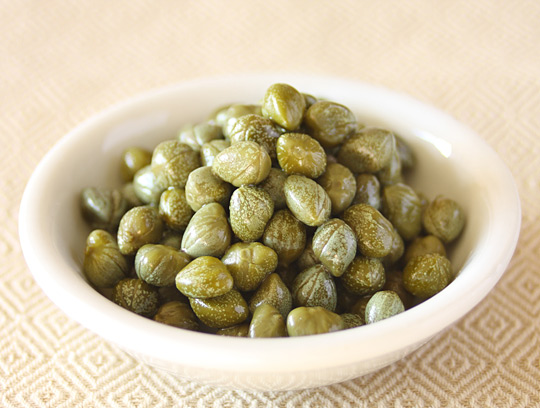
Capers bring a unique and versatile flavor to cooking. With their tangy, briny taste and a hint of lemony zest, they add depth and complexity to dishes. Capers can be used in a variety of ways, from sprinkling them over salads for added brightness, to incorporating them into sauces for a burst of flavor. They also make a perfect garnish for fish dishes, enhancing the overall taste profile. Even though capers have a distinct flavor, they can be substituted with ingredients like olives or pickles in recipes. Adding capers to your cooking will surely elevate your culinary creations.
Tips For Maximizing The Flavor Impact Of Capers In Your Dishes
- Use capers as a finishing touch: Instead of cooking capers, add them to your dish at the end to preserve their vibrant flavor and texture.
- Pair capers with ingredients that complement their briny taste: Try using capers alongside ingredients like lemon juice, white wine, or garlic to enhance their flavors and create a well-balanced dish.
- Experiment with different cooking methods: While capers are often used raw or lightly cooked, you can also try sautéing or frying them to bring out a different depth of flavor.
- Consider the texture of capers: Capers come in different sizes, so choose the size that best suits your dish. Smaller capers tend to have a more intense flavor, while larger capers offer a milder taste.
- Store capers properly: Keep capers in a sealed container in the refrigerator to maintain their freshness and flavor for a longer period of time.
Overall, by exploring different techniques and combinations, you can maximize the unique flavor impact of capers and create delightful culinary experiences.
FAQ About Capers: Exploring The Briny Burst Of Flavor
Q: What are capers?
A: Capers are small, green flower buds that are commonly used as a seasoning or garnish in cooking. They are known for their tangy and briny flavor.
Q: What do capers taste like?
A: Capers have a unique taste that can be described as tangy, salty, and slightly sour. They add a briny burst of flavor to dishes.
Q: How should capers be used in cooking?
A: Capers can be used in a variety of dishes such as salads, pasta, sauces, and seafood. They are often added towards the end of cooking to preserve their flavor.
Q: Are capers healthy?
A: Yes, capers are low in calories and rich in antioxidants. They also contain beneficial nutrients like vitamins K and C, as well as minerals like calcium and iron.
Q: Can capers be replaced with something else?
A: If you don’t have capers, you can substitute them with chopped green olives or pickles for a similar briny flavor in your dish.
Q: How should capers be stored?
A: Capers should be stored in the refrigerator in their brine or in airtight containers. Make sure to keep them tightly sealed to prevent them from absorbing other odors in the fridge.

Duke City Kitchen, known for its fresh, simple, and delicious cuisine, has a rich history deeply rooted in the heart of the local food scene. Since its inception, Duke City Kitchen has been dedicated to providing an exceptional dining experience that celebrates the region’s flavors. Founded by a passionate group of food enthusiasts, Duke City Kitchen opened its doors with the vision of offering a welcoming space where people could gather to enjoy thoughtfully prepared meals made from the finest, locally sourced ingredients. This commitment to quality and community has been a driving force behind Duke City Kitchen’s success.